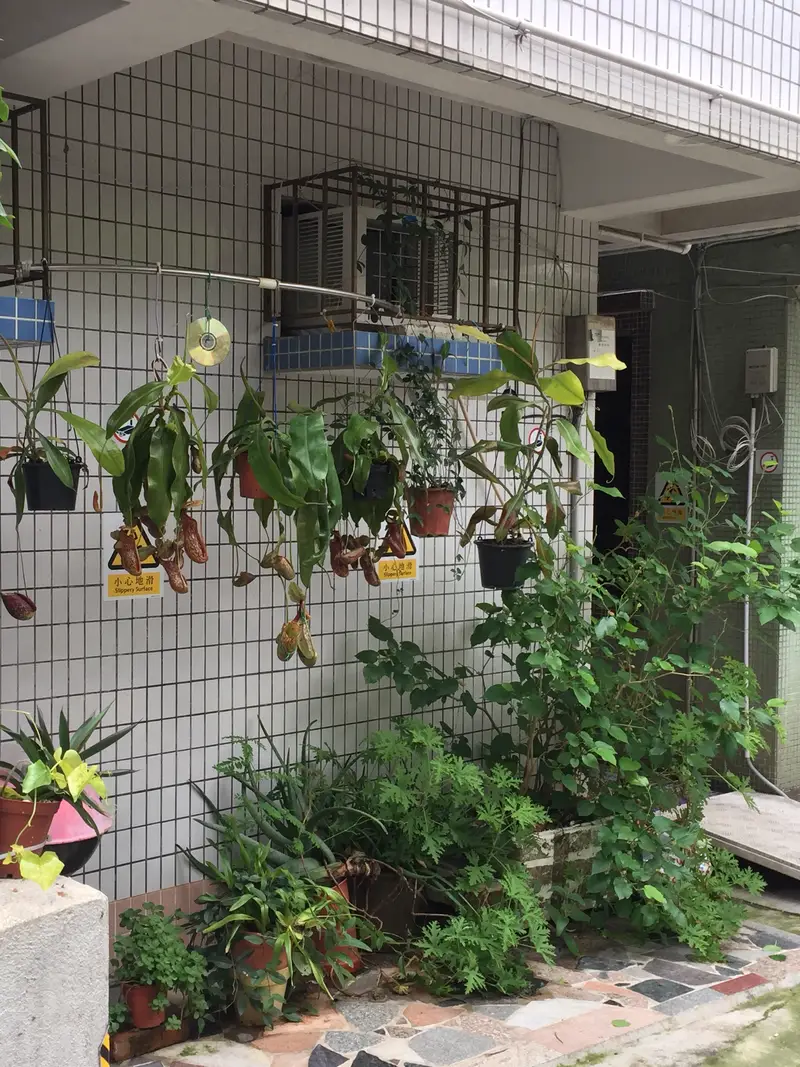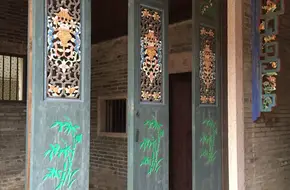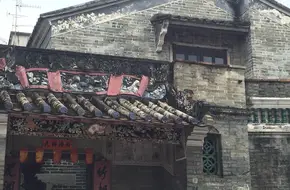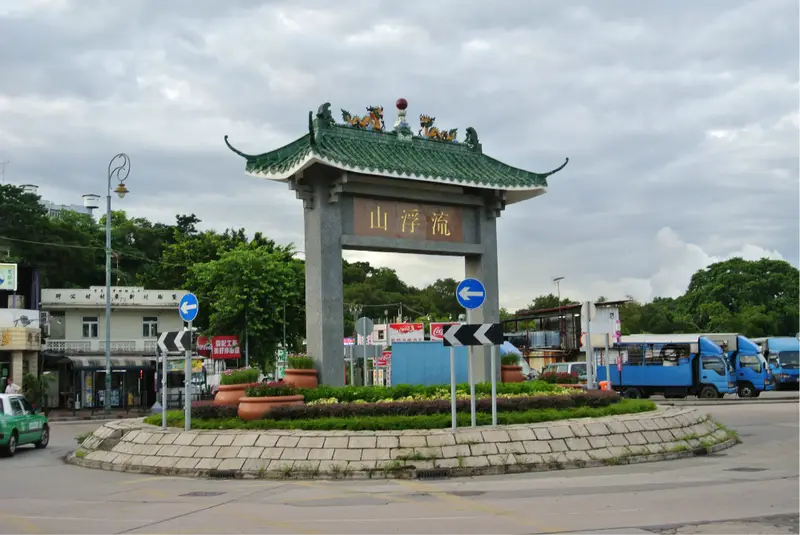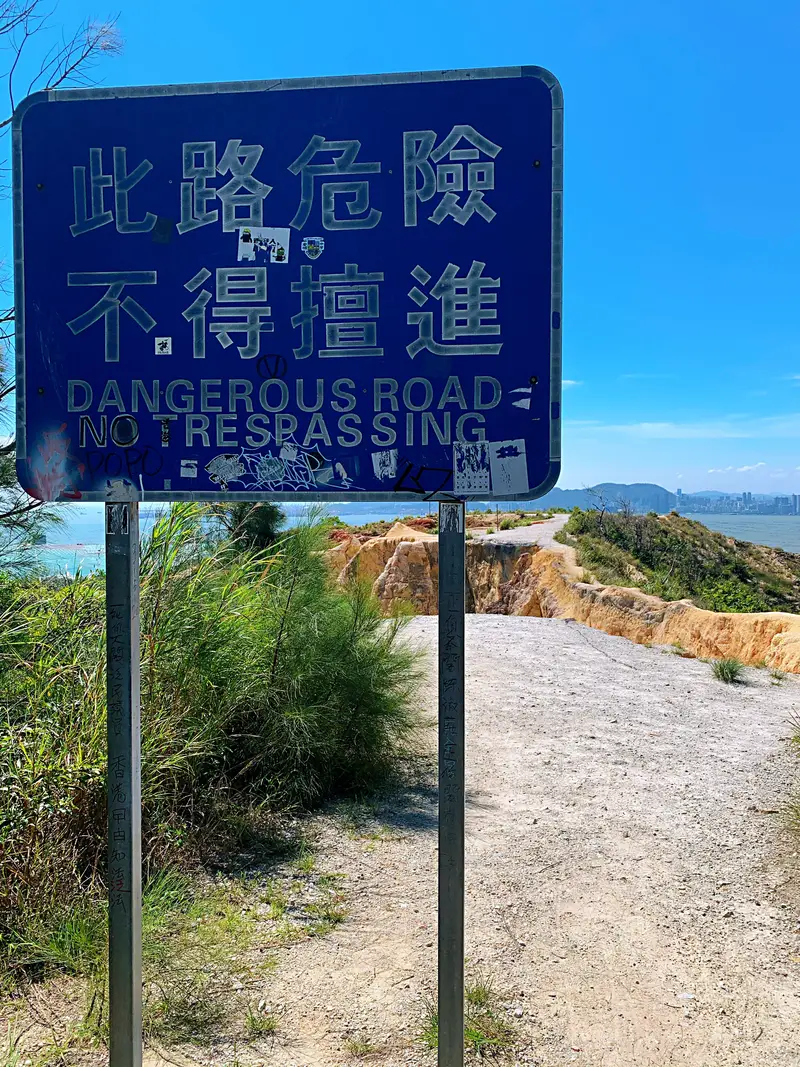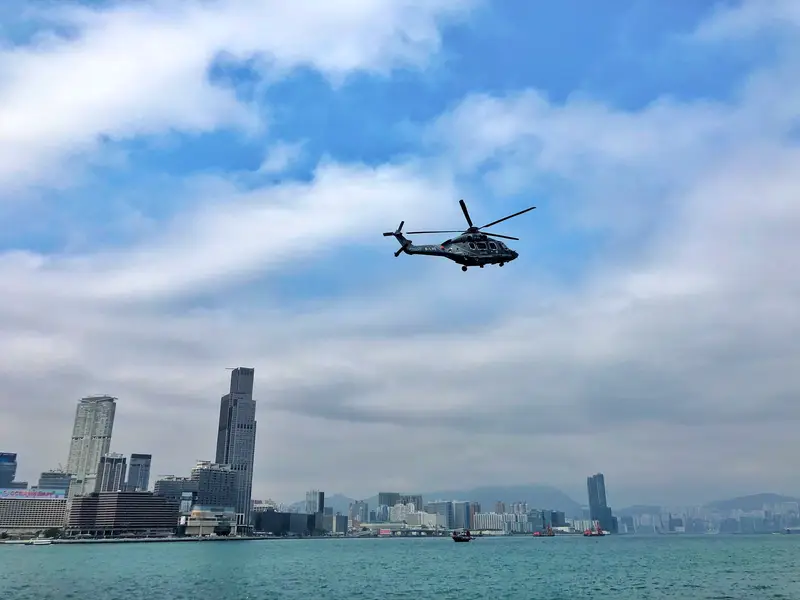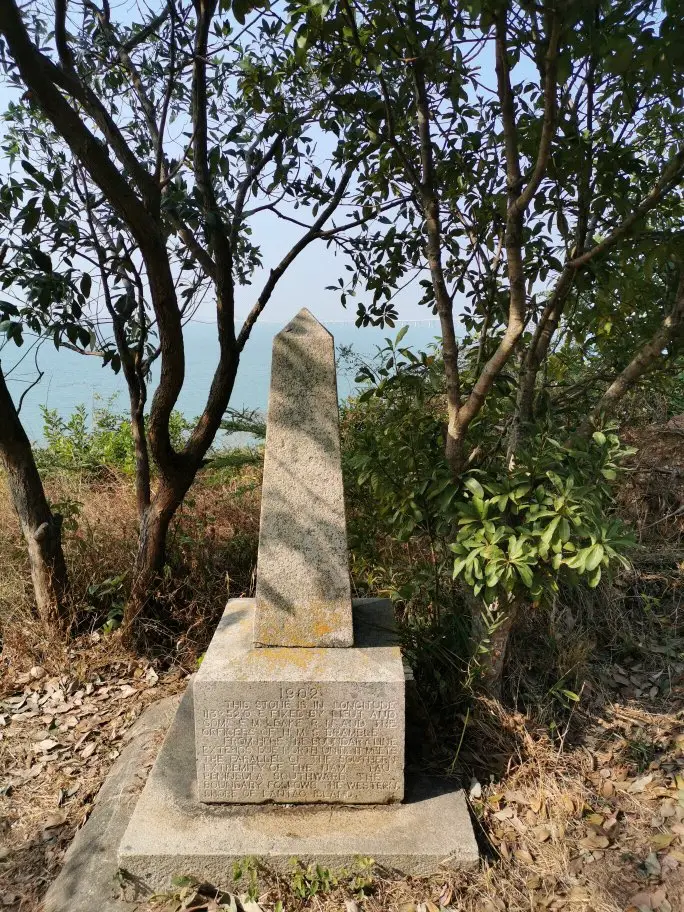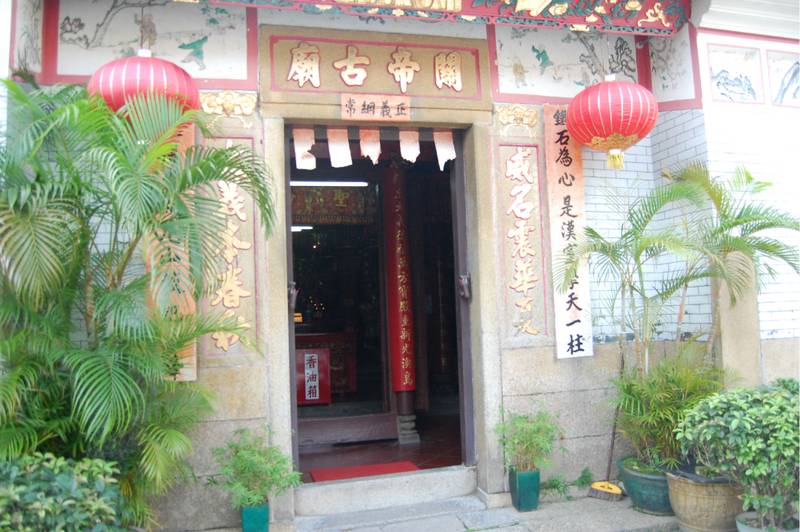Shetan, a hidden gem in Hong Kong’s Yuen Long district, sits quietly in Sheung Tsang Wai Village, Pingnan Village. It’s part of the Pingan Heritage Trail, nestled near the West Rail Tsuen Wan Station. To reach Shetan, take the West Rail from Tsim Sha Tsui or Central to Tsuen Wan Station. From there, it’s a 15-minute walk (or a short taxi ride) along peaceful village roads. The trail is well-marked, so just follow the signs—you’ll pass lush fields and traditional houses before arriving at this serene spot.
Natural Scenery: A Breath of Fresh Air
Shetan isn’t your typical city attraction. Surrounded by fish ponds, wetlands, and mangroves, it feels like a mini escape into nature. During winter, migratory birds flock here, turning the area into a birdwatcher’s paradise. In summer, lotus flowers bloom across the ponds, creating a postcard-worthy view. The air smells fresh, and the sounds of chirping insects and rustling leaves make it easy to forget you’re just 30 minutes from downtown Hong Kong.
Cultural Roots: Step Back in Time
As a traditional Chinese altar, Shetan offers a glimpse into Hong Kong’s agricultural past. Locals once gathered here to pray for bountiful harvests, a tradition that dates back centuries. The altar itself is simple but sturdy, built from gray bricks and topped with intricate carvings. Nearby, ancient banyan trees add to the historic vibe, while information boards explain the site’s role in village life. For history buffs, combining Shetan with nearby attractions like the Tang Clan Ancestral Hall (along the Pingan Heritage Trail) makes for a deep dive into Hong Kong’s rural heritage.
Practical Tips: What to Expect
Shetan is compact but packed with charm. There’s no entrance fee, and the area is surprisingly quiet—perfect for solo travelers or families looking to slow down. Be sure to wear comfy shoes, as the trails are mostly dirt paths. Bring sunscreen and bug spray, especially if visiting during the warmer months. While there’s no café at Shetan itself, the nearby village has small shops selling drinks and snacks. For lunch, head to nearby Yuen Long City for local dim sum or rice dishes.
Immersive Experience: More Than Just Photos
Visiting Shetan isn’t just about sightseeing—it’s about soaking in the atmosphere. Start your day early to catch the soft morning light over the ponds. Join a guided walk (offered on weekends) to learn about the altar’s history and the village’s folklore. If you’re lucky, you might spot locals leaving offerings at the altar, a practice that keeps the tradition alive. For photographers, golden hour adds a magical glow to the red-roofed temples and green landscapes.
Facilities: Simple But Sufficient
Though Shetan isn’t commercialized, basic amenities are covered. You’ll find clean restrooms and drinking water stations along the Pingan Heritage Trail. Benches and shaded areas offer spots to rest, and info boards provide English and Chinese descriptions. The area is wheelchair-friendly, with flat paths and ramps. For deeper exploration, rental bikes are available in nearby Tsuen Wan Station, giving you flexibility to explore beyond Shetan.
Why Shetan Should Be Your Next Stop
Shetan might not be as famous as Victoria Peak or Lantau Island, but that’s exactly why it’s special. It’s a chance to see Hong Kong’s rural soul—where history, nature, and community blend seamlessly. Whether you’re here to snap photos, learn about local traditions, or simply escape the city buzz, Shetan delivers a genuine, off-the-beaten-path experience. Just remember: bring your curiosity (and maybe a pair of binoculars for birdwatching)!


